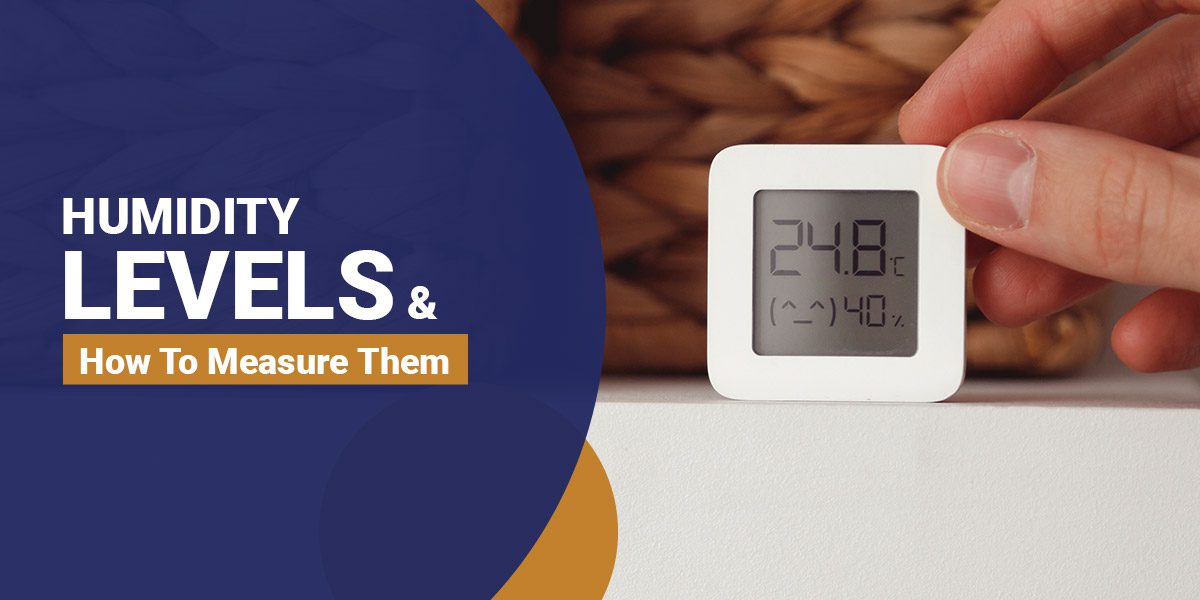Introduction
Humidity is a subtle yet crucial factor influencing the comfort and well-being of your home. Regularly measuring and controlling humidity levels is essential to create an indoor environment that fosters health and tranquility.
Significance of Humidity Levels
Often underestimated, the impact of humidity on daily life is substantial. Whether your living space is too dry or excessively humid, it can pose challenges to the health of your family or the productivity of employees in commercial buildings. Striking a balance in humidity levels is vital to ensure optimal comfort, especially during the winter months.
Measuring Humidity Levels: A Key Step
To maintain an environment conducive to health and well-being, it is imperative to measure humidity levels accurately. Using an indoor humidity monitor is an effective method to gauge and address issues related to dry air or excessive moisture within your living space. Achieving an appropriate humidity level not only enhances breathing comfort but also contributes to an overall sense of well-being.
Methods for Measuring Humidity Levels
Several methods are available for measuring humidity levels, catering to various preferences and needs:
1. Digital Hygrometer:
A digital hygrometer serves as a reliable device for measuring the relative humidity of the air. It can range from a simple numerical display showing both humidity and temperature to more sophisticated models capable of providing multiple measurements and displaying trends over time. Commonly used in environments like cigar humidors to maintain optimal conditions, digital hygrometers play a crucial role in preventing issues related to excessively high or low humidity.
2. Humidity Gauge:
Humidity gauges are designed to measure humidity levels in a room, presenting the data on a digital readout. These gauges often feature an alert system that notifies users when humidity reaches specific thresholds, typically set between 30% and 80%. Particularly valuable for safeguarding instruments or materials sensitive to moisture-induced changes, humidity gauges offer an extra layer of protection in environments where humidity fluctuations can occur.
3. Sling Psychrometer:
A sling psychrometer is a specialized tool utilized to measure the dew point and relative humidity of the air. While being one of the most accurate instruments for such measurements, it requires a level of expertise in handling. Commonly used in environments like storage facilities and buildings, a sling psychrometer provides efficient and precise assessments of relative humidity.
Conclusion: Empowering Comfort with Informed Humidity Management
In the contemporary era, a variety of tools are available to measure humidity levels in homes or offices. Acquiring accurate information about humidity is integral to creating and sustaining an environment that aligns with the principles of comfort and health. By employing the right monitoring tools and taking proactive measures, individuals can ensure that their living spaces promote optimal well-being and comfort.
Disclosure: We may get commissions for purchases made through links in this post.








